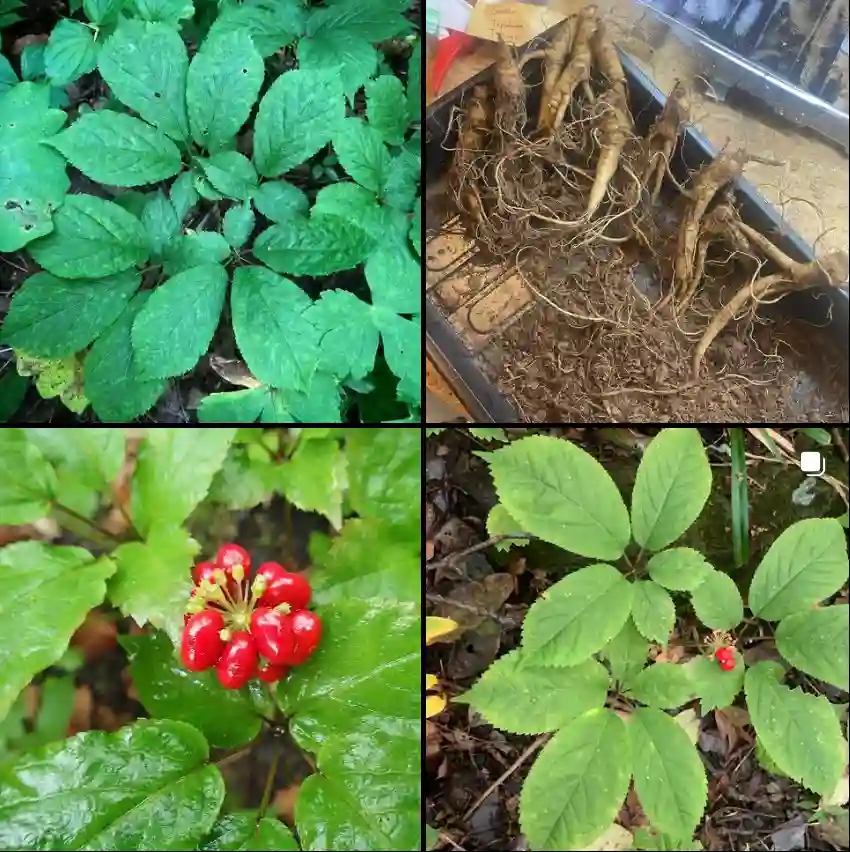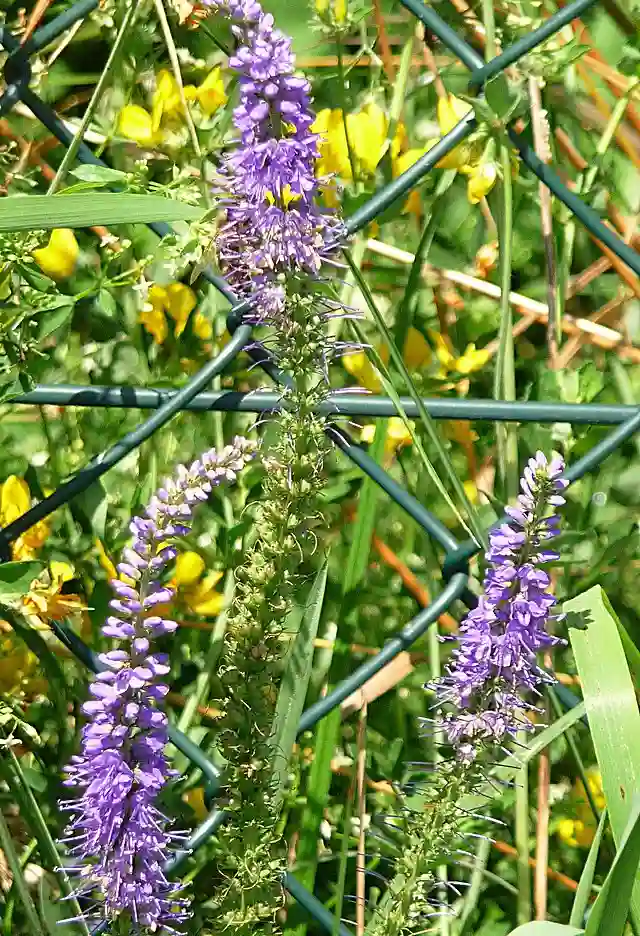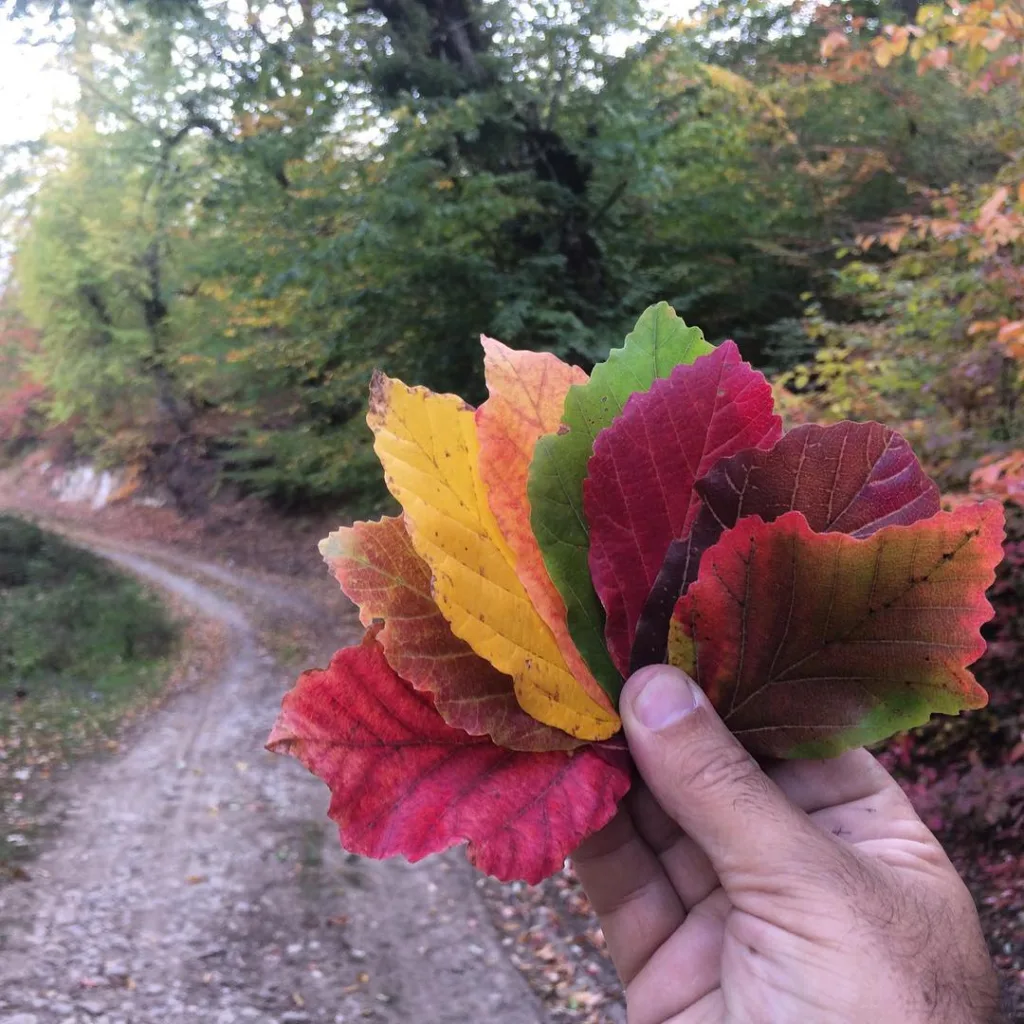Chelidonium: A Plant Genus with a Colorful Past and Present
My name is Ferb Vu, and I’ve always been fascinated by the natural world, particularly the plant kingdom. One genus that has captured my attention is Chelidonium, a small but intriguing group of plants with a rich history and unique characteristics.
What is Chelidonium?
Chelidonium, commonly known as celandines, belongs to the poppy family (Papaveraceae). These herbaceous perennials are native to northern Africa and Eurasia, where they are widespread, ranging from western Europe to east Asia. They are characterized by their deeply lobed, alternate leaves and their distinctive yellow sap, which has been used for centuries for various medicinal and traditional purposes.
Species within the Genus
The genus Chelidonium comprises a small number of species. While the exact number is debated among botanists, the following are generally accepted:
- Chelidonium majus: This is the most well-known species, commonly referred to as greater celandine. It is widespread throughout its native range and has also been introduced to North America, where it is often considered an invasive weed. Plant FAQs: Chelidonium Majus – Greater Celandine
- Chelidonium asiaticum: This species is native to East Asia and is sometimes considered a subspecies or variety of C. majus. It is distinguished by its larger flowers and more erect growth habit.
The Greater Celandine: A Closer Look
Chelidonium majus is a fascinating plant with a long history of use in traditional medicine. Its bright yellow flowers bloom from late spring to early autumn, adding a splash of color to hedgerows, roadsides, and disturbed areas where it commonly grows.
The plant’s most distinctive feature is its bright orange-yellow sap, which is exuded when the stems or leaves are broken. This sap has been used traditionally to treat a variety of ailments, most notably warts. While its effectiveness for this purpose is supported by some anecdotal evidence, scientific research on its medicinal properties is ongoing.
The Chemistry of Chelidonium
The sap of Chelidonium species, particularly C. majus, contains a complex mixture of alkaloids, which are responsible for its medicinal properties and potential toxicity. Some of the major alkaloids found in Chelidonium include:
- Chelidonine: This is the principal alkaloid and has been studied for its potential anti-tumor, anti-inflammatory, and analgesic effects.
- Sanguinarine: This alkaloid has antibacterial and anti-inflammatory properties but can also be irritating to the skin and mucous membranes.
- Berberine: This alkaloid is known for its antimicrobial and anti-inflammatory effects and is also found in other medicinal plants.
The Ecological Role of Chelidonium
While Chelidonium majus is often considered a weed due to its ability to colonize disturbed areas, it also plays a role in the ecosystem. Its flowers provide nectar and pollen for a variety of insects, and its seeds are dispersed by ants, contributing to its spread.
Conservation Status
Currently, Chelidonium species are not considered threatened or endangered. However, habitat loss and the use of herbicides can negatively impact their populations. It’s important to appreciate the role these plants play in the ecosystem and to avoid unnecessary harm to their populations.
My Personal Interest in Chelidonium
As someone interested in both botany and traditional medicine, I find Chelidonium to be a captivating genus. Its history of use, combined with its unique chemical properties and ecological role, make it a worthy subject of study and appreciation. I believe that further research into the medicinal potential of Chelidonium could yield valuable insights and potential therapeutic applications.
In the meantime, I encourage everyone to take a moment to appreciate the beauty and complexity of this often-overlooked plant. Whether you encounter it in a wild setting or a cultivated garden, Chelidonium serves as a reminder of the intricate connections within the natural world and the potential benefits that plants can offer.
If i die, water my plants!



